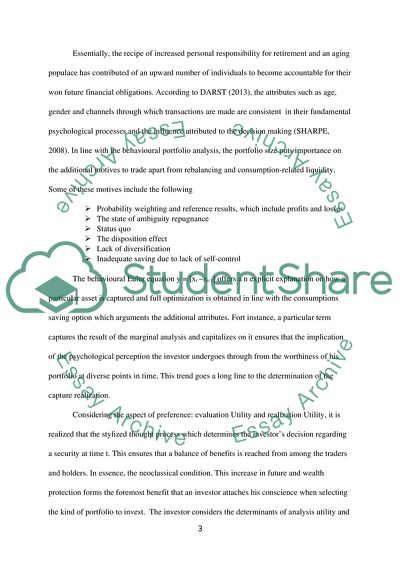Cite this document
(In the report (1500 words) you will have to analyse your portfolio Assignment, n.d.)
In the report (1500 words) you will have to analyse your portfolio Assignment. https://studentshare.org/finance-accounting/1868388-in-the-report-1500-words-you-will-have-to-analyse-your-portfolio-choices-from-a-behavioural-perspective-and-evaluate-the-asset-allocation-adopted-applying-portfolio-theory
In the report (1500 words) you will have to analyse your portfolio Assignment. https://studentshare.org/finance-accounting/1868388-in-the-report-1500-words-you-will-have-to-analyse-your-portfolio-choices-from-a-behavioural-perspective-and-evaluate-the-asset-allocation-adopted-applying-portfolio-theory
(In the Report (1500 Words) You Will Have to Analyse Your Portfolio Assignment)
In the Report (1500 Words) You Will Have to Analyse Your Portfolio Assignment. https://studentshare.org/finance-accounting/1868388-in-the-report-1500-words-you-will-have-to-analyse-your-portfolio-choices-from-a-behavioural-perspective-and-evaluate-the-asset-allocation-adopted-applying-portfolio-theory.
In the Report (1500 Words) You Will Have to Analyse Your Portfolio Assignment. https://studentshare.org/finance-accounting/1868388-in-the-report-1500-words-you-will-have-to-analyse-your-portfolio-choices-from-a-behavioural-perspective-and-evaluate-the-asset-allocation-adopted-applying-portfolio-theory.
“In the Report (1500 Words) You Will Have to Analyse Your Portfolio Assignment”. https://studentshare.org/finance-accounting/1868388-in-the-report-1500-words-you-will-have-to-analyse-your-portfolio-choices-from-a-behavioural-perspective-and-evaluate-the-asset-allocation-adopted-applying-portfolio-theory.


